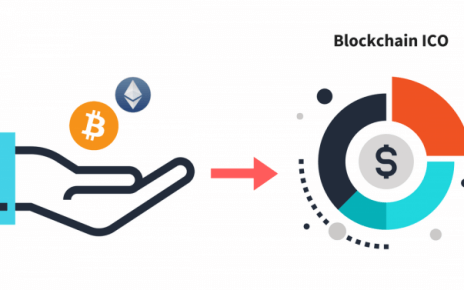The Silicon Valley is in full force when it comes to the crypto coins. A Valley-based start-up called Protocol Labs, IPFS has set a goal to allow everyone to buy and sell unused computer storage space. They have also come up with a unit to facilitate the exchange in this market – a digital currency named as Filecoin. Industry watchers are not concerned that this market for global computing resources is actually a subset of the open source software industry. Also, if takes off, it might pose as a threat to the tech biggies like Amazon, the numero uno cloud computing service provider. Although there are considerable bottlenecks, Protocol Labs received more than $250m funding in an open online sale of its invented currency. This type of Initial Coin Offerings have amassed wide following this year in the finance domain. North of $1.8bn has been raised by projects by selling new currencies like Tezzies, Atoms and Basic Attention Tokens.
The unprecedented increase in cryptocurrency prices has been accelerated by unrestrained speculations, which eventually caught the attention of financial regulators. In the last few days, Chinese authorities completely banned ICOs and are on the verge of winding up all the cryptocurrency exchanges. The Financial Conduct Authority, the UK regulator, issued stern warning to all the stakeholders in the coin trading market by saying that only those who are prepared to lose all the money should get into this. Coming to private firms, Jamie Dimon, CEO of JP Morgan, induced further sliding of Bitcoin prices by calling the who ecosystem “fraud” and threatened to show the exit door to his employees who are involved in these. But cryptocurrencies’ evangelists absolutely believe that, keeping aside all the hoopla around this, there is something astounding happening here. This has led to creation of a new way for start-ups building platforms based on blockchain technologies to get capital. Networks like IPFS are based on the idea of decentralized online services where normal users interact with each other without any obstruction, unlike the internet companies that act as the middleman and sometimes, gatekeepers. On a positive note, theoretically it is possible to build web applications that could solely provide the control and profit to the users.
Right now the most popular digital currency, Bitcoin, has been priced 8 times than that of the last year. This caused people to look out for the next untapped markets, pushing the virtual value of all cryptocurrencies to more than $130bn. The biggest issue is that anyone with a “white paper” — the document that coin sellers use to showcase their plans — and the assurance of some computer code along with continuous flow of ICOs, in the past year it has become the biggest craze. The exponential growth, that started in early summer, is already displaying most of the characteristics of other hypothetical crazes. New coins have grown without leaps and bounds: more than 150 token sales were announced this year and 120 ICOs have been planned before the end of September.
Just like the dotcom boom, a euphoric tech-enabled future has been used to justify valuations that doesn’t measure up in practical sense. In the case of ICOs, the most important Idea is that the technology on which the cryptocurrencies are built will give rise to a new generation of web applications and markets that surpass the current internet behemoths by many folds. Like selling unused computer storage, the rules for these ecosystems would be established — and the profits would go to the users instead of any company.




